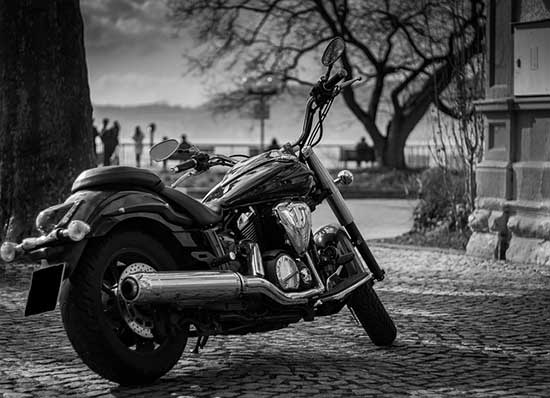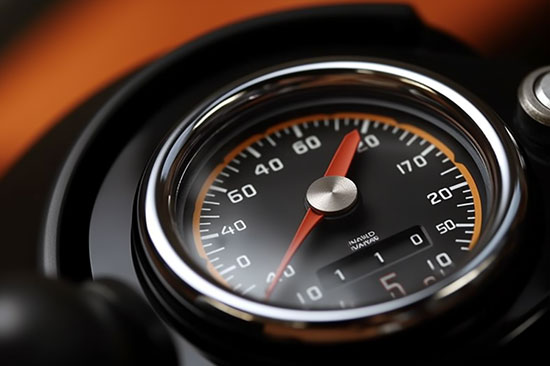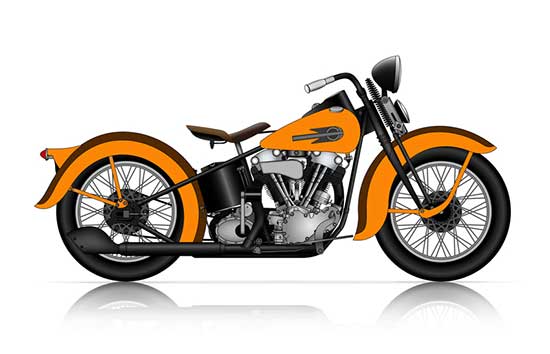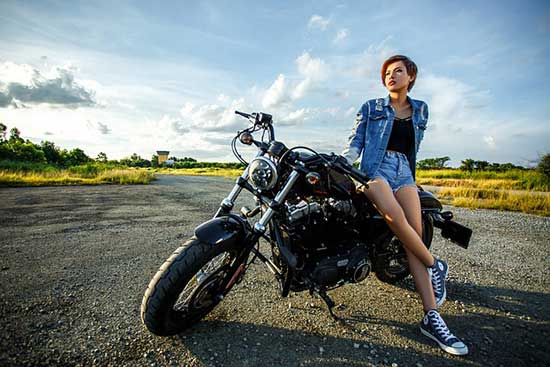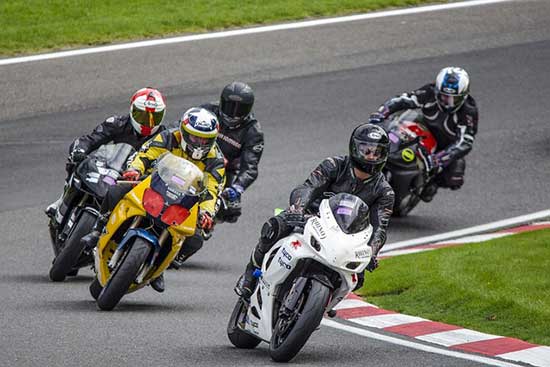I’m a motorcycle enthusiast and I’ve ridden all sorts, but choppers? They’re a whole different beast.
People often ask me, ‘Are choppers hard to ride?’ Well, I’m here to break it down for you. Understanding their design, mastering the skills, and knowing the challenges, it’s a unique ride.
Let’s dive in and find out what makes riding a chopper different from your standard motorcycle.
Contents
Understanding the Design and Structure of Choppers
Surprisingly, I’ve found that understanding the design and structure of choppers isn’t as complex as I initially thought.
At first, the bulky look and massive engine size of these motorcycles had me intimidated. But once I dug into the mechanics, I realized that they’re designed for functionality and comfort.
The extended front end, for example, provides stability at high speeds, while the low-slung seat offers a relaxed riding posture. I’ve also learned that the long exhaust pipes not only look cool but also help in minimizing noise and pollution. The large fuel tanks are a boon for long rides.
Now, I can appreciate the engineering prowess behind these beasts and realize they’re not just about the aesthetics. This newfound knowledge has made me more confident about riding them.
The Physics Behind Riding a Chopper
I’ve noticed that the physics behind riding a chopper is quite fascinating.
The balance dynamics are different from regular motorcycles due to the longer frame and front fork.
Let’s discuss how this impacts turning and steering, shall we?
Chopper Balance Dynamics
While we’re on the topic of Chopper Balance Dynamics, let’s delve into how the low center of gravity affects the bike’s stability. This low center of gravity makes the bike steadier and easier to handle, especially when it’s in motion. It’s like the principle of a spinning top; the lower its center of gravity, the more stable it is.
When I’m riding a chopper, I can feel this stability. It hugs the road, and I don’t have to fight to keep it upright. However, it’s a double-edged sword. The low center of gravity means the bike’s harder to pick up if it tips over. But, I’d say the benefits outweigh the drawbacks.
Riding a chopper requires a bit of muscle but, once you’re moving, it’s a smooth ride.
Turning and Steering
In terms of turning and steering, I’ve noticed that a chopper’s extended front end can make it a bit challenging to navigate tight turns, but once you get the hang of it, it’s a breeze. There’s a certain finesse you need to master.
You can’t just yank the handlebars like you’d on a regular bike. It’s more about leaning into the turns and letting the bike’s momentum carry you through. The increased rake angle does demand more counter-steering effort, but it’s nothing that can’t be managed with practice.
What’s important is to anticipate the turn, adjust your speed, and trust the bike. Once you understand the bike’s balance and dynamics, there’s a unique thrill to riding a chopper that’s hard to match.
It’s all part of the chopper experience.
The Skills Required to Ride a Chopper
Before you can hop on a chopper, you’ve got to understand the unique set of skills it requires to ride one. It’s not just about balance and throttle control. You’ve got to have a strong sense of spatial awareness, a solid understanding of the bike’s mechanics, and a healthy respect for the road.
It’s a beast of a bike, and it won’t tolerate a lack of respect. Plus, the heavy front end and elongated frame demand a different kind of handling. You’ve got to be smooth and deliberate, especially in the corners.
I’ve found that the skills to ride a chopper don’t come overnight. It takes patience, practice, and a lot of determination. But once you’ve got them down, there’s nothing quite like the feeling of cruising on a chopper.
Challenges Faced by Chopper Riders
I often face challenges when riding my chopper, like maneuvering its heavy front end, and it’s certainly not a walk in the park.
The power it packs can be overwhelming, especially when I’m trying to maintain control at high speeds. It’s a constant balancing act that demands my full attention and concentration.
On top of all that, there’s the physical strain. Riding a chopper is a workout in itself. I often feel like I’ve wrestled a bear after a long ride.
Don’t even get me started on the pain that comes with riding against the wind. It’s like being slapped in the face over and over.
Despite these challenges, I wouldn’t trade my chopper for anything. The thrill, the power, the freedom – it’s all worth it in the end.
Tips to Master Chopper Riding
There are a good number of tips that helped me master chopper riding over the years. It’s not as hard as it seems, trust me.
- Comfort is key: Get comfortable with your bike. Learn the controls, seating position, and feel of the bike.
- Start slow: Don’t rush. It’s not a race. Master the basics first like starting, stopping, and turning.
- Practice makes perfect: Spend time on your bike. The more you ride, the better you’ll get.
- Safety first: Always wear your helmet and protective gear.
Choppers Vs. Standard Motorcycles: the Riding Experience Compared
While I’ve mastered riding both choppers and standard motorcycles, it’s clear that the riding experience differs significantly between them.
Choppers are often heavier, with a longer wheelbase, which can make them feel less nimble. They’re also designed for style over function, which can sometimes mean a less comfortable ride.
Standard motorcycles, on the other hand, are often lighter, more agile, and designed for a balance of style and function.
Here’s a quick comparison:
| Factor | Choppers | Standard Motorcycles |
|---|---|---|
| Weight | Heavier | Lighter |
| Wheelbase | Longer | Shorter |
| Agility | Less | More |
| Design Focus | Style | Balance of style and function |
| Comfort | Varied | Typically more comfortable |
In the end, it’s all about personal preference and what you’re looking for in a ride.
Conclusion
So, are choppers hard to ride? You bet they are. They’re different, demanding, and not for the faint-hearted. But with understanding, skill, and practice, you can master the art.
It’s a unique ride, unlike any standard motorcycle. It’s challenging, but that’s part of the thrill. And once you get the hang of it, there’s nothing quite like the freedom you feel on the open road with a chopper under you.

